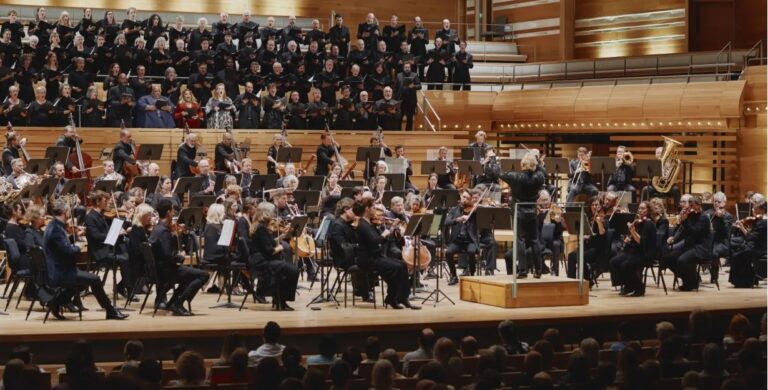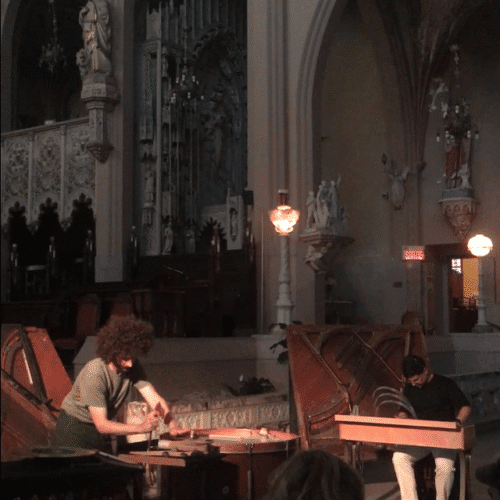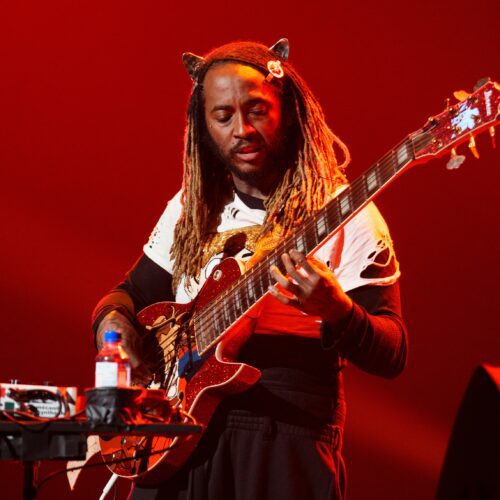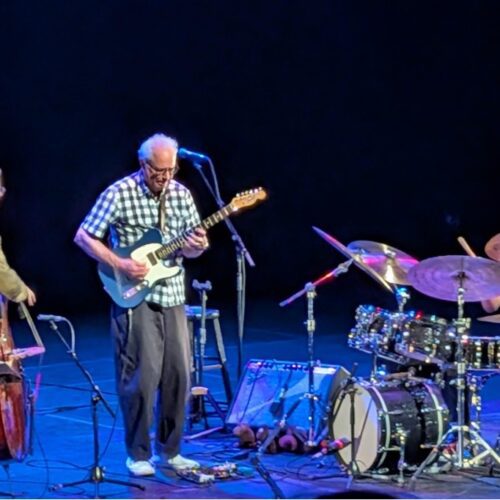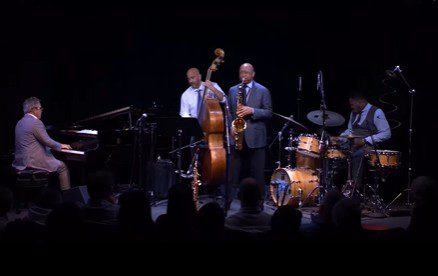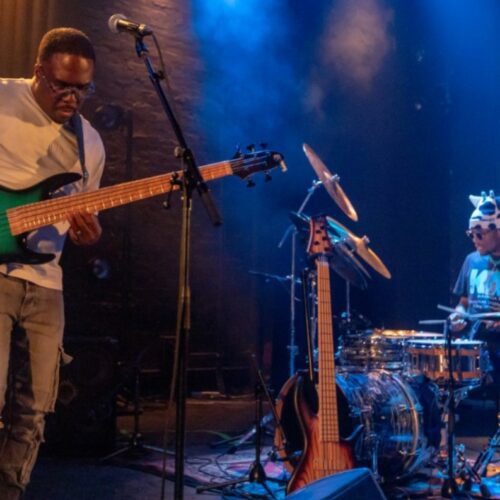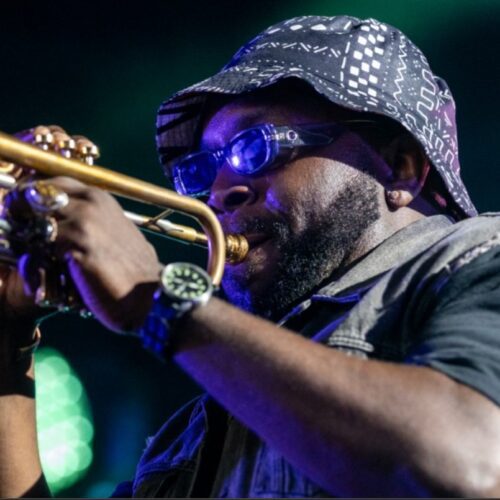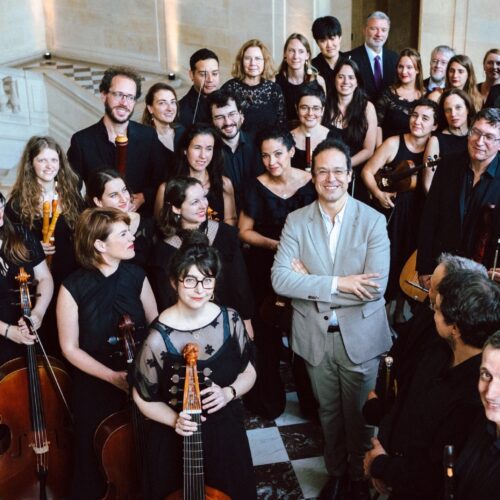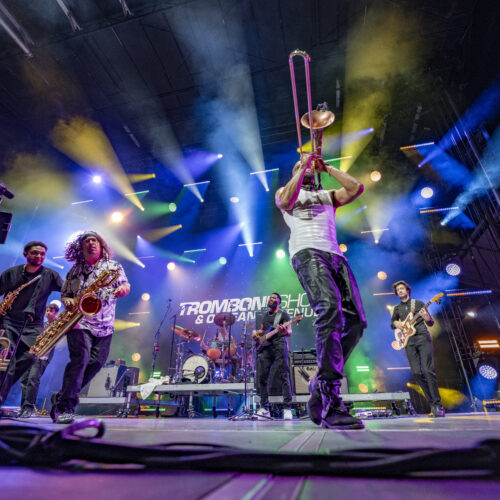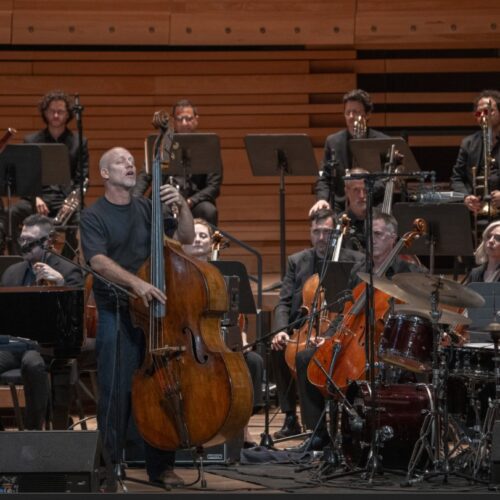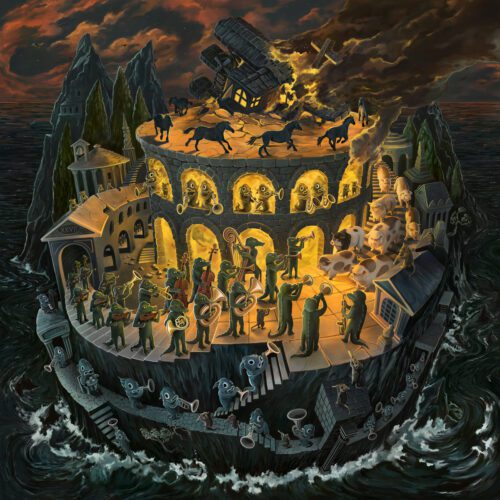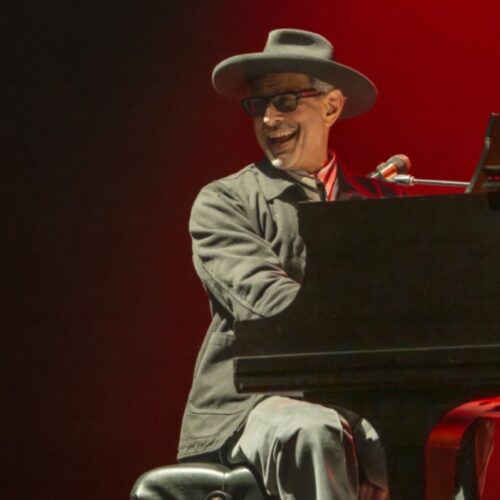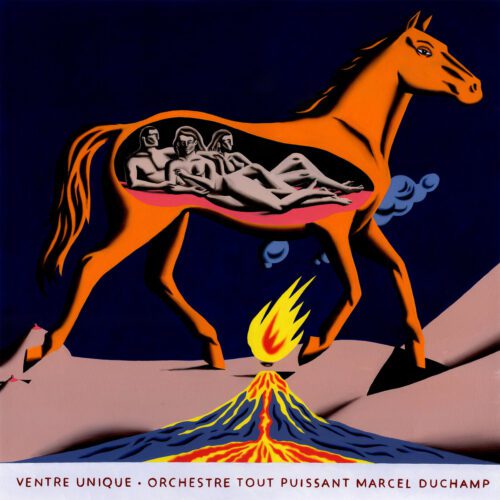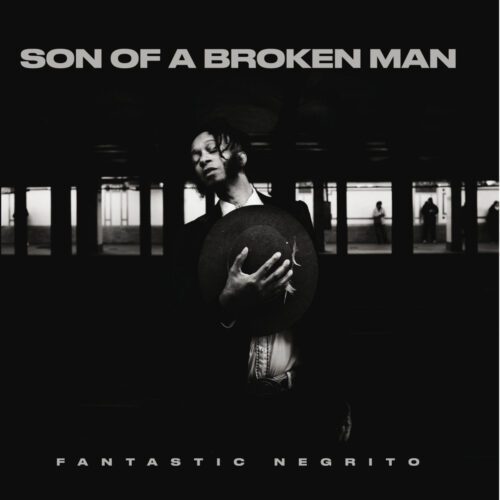On Sunday, the Orchestre Métropolitain played the unfinished symphony by Anton Bruckner (1824-1896), the Ninth, of which he was unable to write a satisfactory version of the last movement after having attempted several sketches, because he was very ill and “overwhelmed by his own genius”, which means unable to conclude such strong movements, particularly the scherzo, the 2nd, “so imposing, with a visceral, telluric force”, to use Yannick Nézet-Séguin’s epithets, before he explains the addition of the Te Deum, a choral work by Bruckner, as a complement to the symphony, at the suggestion of its creator.
“If there’s one composer who has accompanied the orchestra, it’s Bruckner,” emphasizes the Quebec maestro in his opening remarks. YNS conducted the composer’s 9th for the first time in 2002, then again in 2009, as part of a vast project to record all Bruckner’s symphonies from 2006 to 2017, with the critical success we all know.
The opening program is a “ceremony” without applause, without pause. Bruckner’s 9th was thus coated with Te Deum at the end and beginning, as has been the case for some years now with an Auotchtone composition by Cree artist Andrew Balfour, Mamachimowin. According to the composer, this 6-minute choral and orchestral work expresses the difficult relationship between the spirituality of the aboriginal nations and the influence of the Catholic religion on these peoples, who were mistreated by the Westerners who came to settle in the Americas. An eminently colonial relationship between the monotheistic French conqueror and the native polytheism and shamanism deemed primitive by the Europeans.
Thus, this spectral contemporary work was a judicious choice to introduce the unfinished symphony. Bruckner is arguably a signature repertoire for the OM and its conductor, and his performance on Sunday was exemplary. Indeed, much of the first movement and the entire second movement reveal an uncommon density and power, surely among the most remarkable achievements of 19th-century symphonic music. The horns, trombones and trumpets lend such force to Bruckner’s orchestral discourse. In the end, this humble, pious man was inspired to the point of foreshadowing what was to come, allowing himself an almost modern harmonic audacity, paving the way for his successors, starting with Gustav Mahler.
Obeying the conductor’s instructions, the audience was exemplary, silent until the end of this hour and a half of contemplation. The only blot on this masterly picture was the soloists seated with the choir for the Te Deum: at the very back of the orchestra, the voices of tenor Limmie Puliam (especially), mezzo Jennifer Johnson Cano and bass Ryan Speedo Green were hard to make out in space, while soprano Latonia Moore cut through it as she should.
Photo Credit: François Goupil for OM
